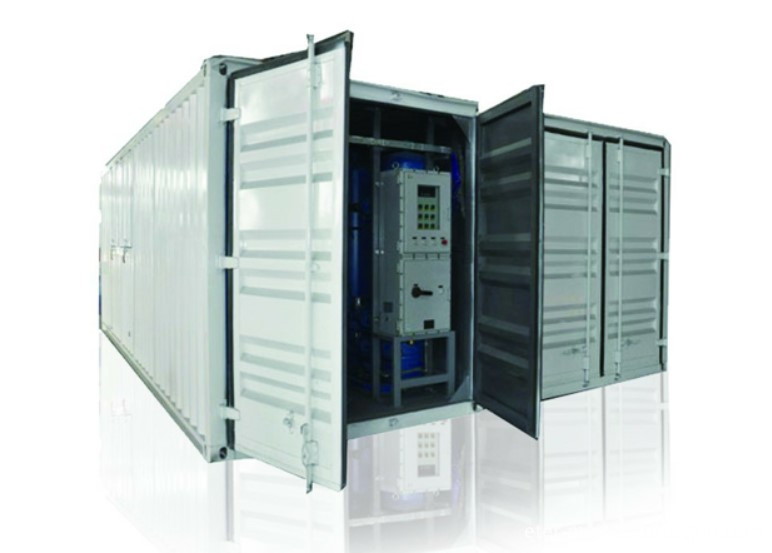From mid-June to the present, spring sowing peanuts in our province are at a flowering stage. Peanuts in spring have been gradually blossoming. Peanuts and wheat in South China have ended the symbiosis period with wheat. At present, the management of peanut fields should be based on the weather, conditions, and seedling conditions, and the water and fertilizer should be properly transported to prevent pests and weeds in a timely manner.
First, spring sowing film peanut management points to prevent drought, pests and diseases, do not remove the film, chemical control down. Spring sowing film peanuts are at flowering stage, which is the period when the whole growing season of peanuts needs fertilizer and water. If there are symptoms such as dark leaf color, slow growth, wilting at noon (recovery at night), etc., it should be timely. Watering. This period is the period of locust damage and virus disease infestation, and it is also the peak period of adult generation of the cotton bollworm. It is necessary to strengthen the prevention and control. Under normal circumstances, the film is not stripped during the whole growth period of the groundnut peanuts. According to the test, the medium-term uncovering film will have adverse effects on the soil temperature, humidity, and permeability, resulting in a decrease in the rate of double fruiting and full fruit, and a higher ratio of the uncovered film. Coverage during the growing period significantly reduced production. Wang Changtian should pay attention to chemical control and lodging prevention. When the plant height exceeds 40 to 45 cm, the leaves are dark green and there is still a tendency of prosperous growth, paclobutrazol and other growth regulators are used to control the fall.
Second, open spring peanut management points top dressing, watering, pest control, anti-yellowing. Spring sowing of peanuts in open field ensures that the supply of water and fertilizer is the key to increase production during the early flowering period. When the seedlings are small, weak, and yellow during this period, they are usually topdressed and watered. Generally combined with top dressing and watering, acres of topdressing urea 5 ~ 8 kilograms, superphosphate 10 ~ 15 kg, can be applied to the ditch or spread, water immediately after application. At the same time, it is necessary to strengthen the control of aphids, a generation of cotton bollworm and virus diseases. In addition, peanuts exposed in thin springs in open fields are prone to iron deficiency and nitrogen deficiency yellowing. Attention must be paid to the prevention of peanut yellowing by the spraying of ferrous sulfate, urea, etc. before the arrival of the rainy season and irrigation.
Third, wheat set peanut management points clear trees, hardening seedlings, top dressing, watering. After the wheat is harvested, wheat straw and wheat bran that cover the peanut seedlings must be promptly removed. In order to adapt the seedlings to the exposed environment, the seedlings must be cultivated for about 5 days after harvesting, and then the cultivator shall be culled and cultivars shall be removed in time. Top dressing, watering and weeding. Generally, 100 kg of soil fertilizer, 20 kg of urea, 7-8 kg of phosphate fertilizer, and 6-7 kg of potash are applied per acre. In recent years, for the mechanical harvesting of wheat, there are also wheat stubbles and immature stubbles, which are covered with wheat stubble or wheat stubble to promote the early emergence of mild seedlings.
Fourth, the summer live peanuts management points must be promptly after the harvest, soil preparation, when the time of sowing, because the summer live peanuts sown when the seedlings are in the hot season, in order to avoid high temperature inhibit seed germination and high temperature, regardless of the use of the first film after sowing, or first After sowing, the plastic film shall be sown in the hole or line of the sowing hole. When the peanut top soil emerges, the soil will be cleared in time. In addition, this year's peanut root rot and stalk rot are serious; in summer, the high temperature and humidity during direct sowing of peanuts can easily cause root rot and stalk rot, causing rotten seeds, rotting buds and dead seedlings. Seeds are treated with seed dressing with carbendazim.
Compressed air is purified through the air dryer and filters to a certain level for main plant to work with. Air buffer is incorporated for smooth supply of compressed air thus to reduce fluctuation of compressed air source. The plant produces oxygen with PSA (pressure swing adsorption) technology, which is a time proven oxygen generation method. Oxygen of desired purity at 93%±3% is delivered to oxygen buffer tank for smooth supply of product gas. Oxygen in buffer tank is maintained at 4bar pressure.
With a cabinet for small capacity or container for big capacity, all the parts can be involved in, and removable with a vehicle.

Removable Oxygen Generator
Removable Oxygen Generator ,Oxygen Production Machine,Oxygen Breathing Apparatus,Oxygen Facility
Hunan Eter Electronic Medical Project Stock Co., Ltd. , https://www.eter-tech.com